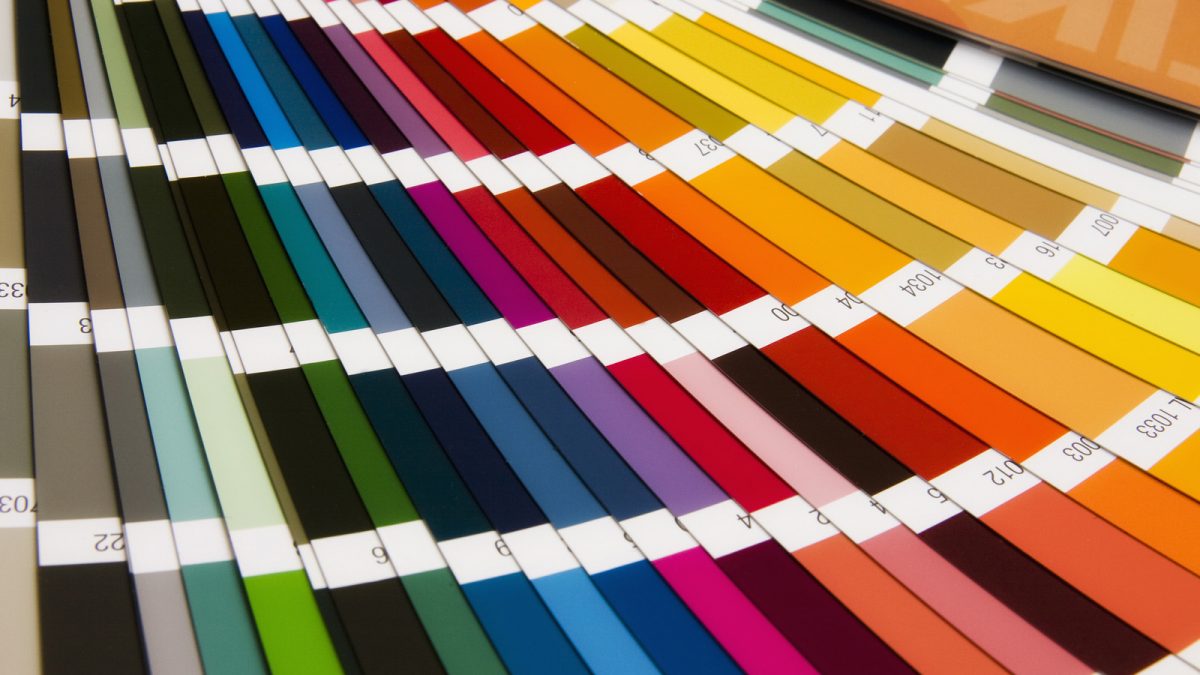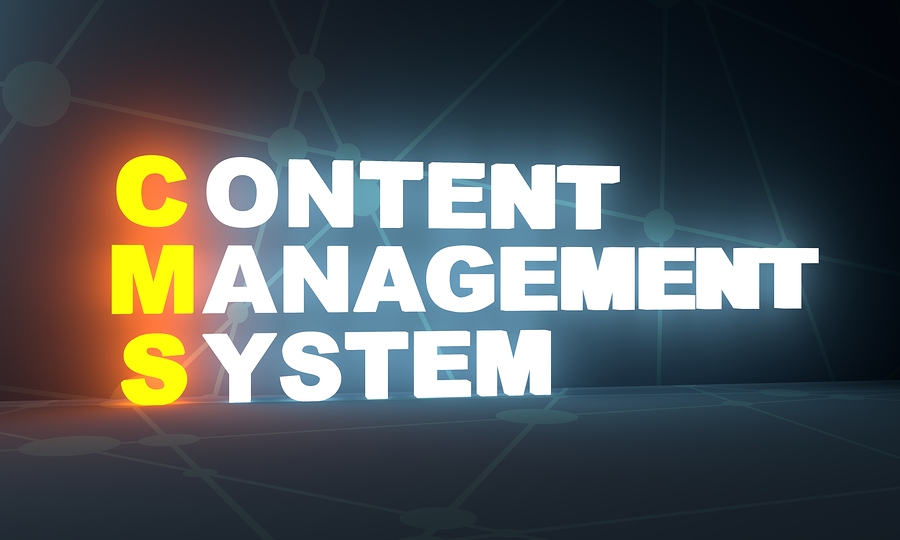
Why You Haven’t Seen Inbound Marketing Results Yet
January 17, 2014
5 Reasons You Aren’t Moving Forward With Your Inbound Marketing Resolutions
January 24, 2014Graphic design is much more than creating one-of-a-kind marketing materials for business. A strong design can drive sales, make a statement and create awareness. That’s why it is important to create advertisements, website graphics and calls to action that are not only aesthetically appealing, but also clear and concise.
When using graphic design for marketing, businesses must communicate their message effectively. Site visitors expect to understand your message within a few seconds. The last thing you want to do is mislead or confuse your leads with a confusing graphic.
However, graphic design isn’t for the faint of heart – learning the foundations of art history, staring at a computer screen until your eyes dry out, memorizing font families, etc. It can be overwhelming even for those who are creative minded, let alone those who are not. Many of us “can’t draw a straight line with a ruler” as the old saying goes. Not to worry. In this blog, I will cover the basics of graphic design to help you improve your own marketing material designs or communicate better with your graphic designer.
The basic design principles
Be aware of the following basic design principles as you create advertisements, websites, sales literature or any other form of marketing materials.
Contrast: Contrast is important because as designers, we can control how and where a reader is looking on the page. Choose your contrasting colors wisely. Colors can play off of each other to create a stronger design. Not to mention, different colors evoke different emotions. If you’re new to design, stick to the classics. Keep your text black on a white background, or reverse that and have a black background with white text for a more bold look.
Repetition: Unlike contrast, repetition shows the importance of a design element by using it over and over again. It is especially effective in marketing materials because it can be used to draw the reader’s eye to certain images or pieces of information. However, use repetition with caution. Using too much repetition can cause the design to become overwhelming and make the reader become uninterested or confused as to where to look, pulling their eye from what is important.
Alignment: This principle communicates a purpose in the placement of each design element. Place your graphics and text so that each element fills an important space visually in the overall composition. Use a grid. Use imaginary lines. If you have to draw it out on a piece of paper first to visualize where items should be placed, do it. A grid layout can connect all elements visually and give the overall piece a more unified and attractive final look.
Proximity: When you’re designing your layout, consider placing or grouping similar items together to streamline the design. This will help reduce noise and provide organization. Typically, readers tend to assume that items or graphics that aren’t near each other are unrelated. Remember, your goal is to create clear and concise marketing messages, so organization is key. Make sure you direct their attention to the most important pieces of information.
Additional tips
White space: When it comes to white space, consider that a design element of its own. Be sure to leave all of your graphic elements and type room to breathe. You’ll hear it in every round of feedback that “it looks too empty, can we fit in more copy,” and your answer should always be no. Don’t compromise the overall design and white space of your materials just to add more copy. As mentioned, your viewers should be able to get a clear understanding of the information presented in your design within a few seconds.
Fonts: Keep it simple. Do not choose seven different fonts for your piece. That does not draw attention in the right way and will only leave the reader confused as to where to look. Try and stick to one (maybe two if they pair nicely together) font family. If all else fails, use Helvetica. Make sure your headlines are bold or black and your copy is Roman and call it a day.
In addition to the tips I’ve shared, there are hundreds of Google Chrome extensions, Firefox add-ons and design programs on the market to help you achieve beautiful designs. If all else fails – hire a designer who has a knowledge of your field of expertise and let them “work their magic.”




